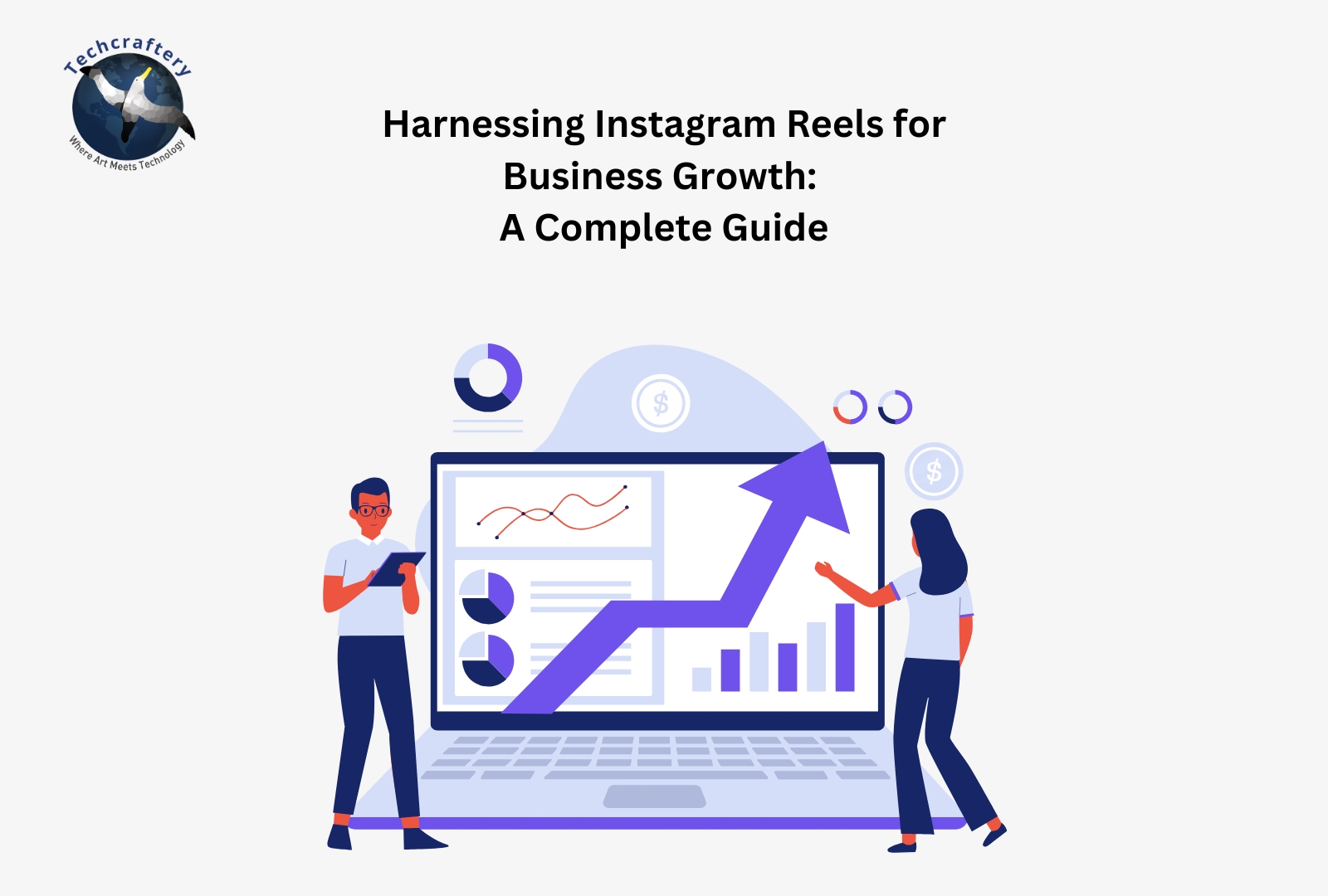Introduction
In today’s digital landscape, having a strong online presence is crucial for businesses and individuals alike. Traditionally, creating a website required a solid understanding of coding and web development, which often left many aspiring website owners at a disadvantage. However, the advent of no-code platforms has revolutionized the way we approach website creation. No-code tools empower users—regardless of their technical expertise—to design, build, and launch websites with ease.
This article explores the rise of no-code development, its benefits, popular platforms, and how you can leverage these tools to create a stunning website without writing a single line of code.
What is No-Code Development?
No-code development refers to the use of software tools that enable users to create applications and websites through graphical user interfaces (GUIs) rather than traditional coding. These platforms typically include drag-and-drop functionality, pre-built templates, and customizable features, making it accessible for anyone to create a professional-looking website.
Key Features of No-Code Platforms
- User-Friendly Interfaces: No-code tools prioritize simplicity, allowing users to easily navigate through the design process.
- Drag-and-Drop Functionality: Users can add elements to their website by dragging and dropping them into place, eliminating the need for coding knowledge.
- Pre-Built Templates: Most no-code platforms offer a library of templates to kickstart the design process, saving time and effort.
- Customizable Elements: Users can easily customize colors, fonts, layouts, and functionalities to match their branding.
The Evolution of No-Code Tools
The concept of no-code is not entirely new; however, its popularity has surged in recent years due to several factors:
1. The Growth of the Internet
With the internet becoming integral to business, there is a growing demand for websites. No-code platforms emerged as a solution to bridge the gap between technical and non-technical users.
2. Advances in Technology
Improvements in user interface design and backend technology have made it easier to build robust applications without needing to understand complex code.
3. The Gig Economy and Freelancing
As more individuals turn to freelancing and entrepreneurship, the need for quick and cost-effective solutions for building an online presence has increased. No-code tools enable them to create websites without hiring developers.
4. Community and Resources
The rise of online communities, tutorials, and resources has made learning and utilizing no-code tools easier than ever. Users can find support, share tips, and access educational materials.
Benefits of No-Code Development (600 words)
No-code platforms offer a myriad of advantages that make them an attractive option for individuals and businesses:
1. Accessibility
No-code tools democratize website development. Anyone, regardless of technical expertise, can create a website. This inclusivity fosters creativity and innovation.
2. Cost-Effectiveness
Hiring developers can be expensive. No-code platforms significantly reduce costs, allowing users to allocate their budgets to other essential areas of their business.
3. Speed of Development
No-code tools enable faster development and iteration. Users can quickly prototype and launch their ideas, adapting to feedback in real time.
4. Flexibility and Scalability
Many no-code platforms offer scalable solutions, allowing users to start with basic features and gradually add more complex functionalities as their needs evolve.
5. Focus on Creativity
Without the constraints of coding, users can focus on design, branding, and user experience, leading to more visually appealing and user-friendly websites.
Popular No-Code Platforms (400 words)
Numerous no-code platforms cater to different needs. Here are some of the most popular:
1. Wix
Wix is known for its intuitive drag-and-drop interface and a wide array of templates. It’s ideal for small businesses and personal portfolios.
2. Squarespace
Squarespace offers sleek, modern templates and is popular among creatives. It provides robust e-commerce features and a strong focus on aesthetics.
3. Webflow
Webflow combines the simplicity of no-code with advanced design capabilities, making it a favorite among designers who want more control over their projects.
4. Bubble
Bubble is a powerful no-code platform that allows users to build complex applications, including web apps, with extensive customization options.
5. Shopify
For those looking to create an online store, Shopify provides an all-in-one e-commerce solution with various templates and built-in payment processing.
Use Cases for No-Code Development
No-code platforms cater to various use cases, making them versatile tools for individuals and businesses:
1. Small Businesses
Small businesses can create professional websites quickly, allowing them to establish an online presence without significant investment.
2. E-Commerce
Entrepreneurs can build online stores without needing extensive knowledge of e-commerce platforms, making it easier to sell products directly to consumers.
3. Portfolios
Artists, designers, and freelancers can showcase their work through visually appealing portfolio websites, attracting potential clients.
4. Event Websites
No-code tools allow users to create websites for events, including features like registration forms and schedules, with minimal effort.
5. Blogs
Aspiring bloggers can set up their blogs easily, focusing on content creation rather than technical details.
Challenges and Limitations of No-Code Development (400 words)
While no-code platforms have numerous benefits, they also come with some challenges:
1. Limited Customization
No-code platforms may not offer the same level of customization as traditional coding, which could be a limitation for advanced users.
2. Performance Issues
Some no-code websites may face performance issues if not optimized properly, especially as traffic increases.
3. Vendor Lock-In
Many no-code platforms have proprietary systems, which can make it challenging to migrate to another platform if needed.
4. Learning Curve
While no-code tools are user-friendly, there is still a learning curve, especially for users unfamiliar with design principles.
The Future of No-Code Development
The no-code movement is set to grow, driven by the increasing demand for digital solutions and the need for rapid development. As technology continues to evolve, we can expect even more sophisticated no-code tools that incorporate AI and machine learning, further simplifying the website creation process.
1. Integration with AI
AI-driven features can help users create more personalized and efficient websites, automating tasks that typically require manual input.
2. Expansion of Features
No-code platforms will likely expand their functionalities, enabling users to build more complex applications without coding.
3. Community Growth
As the no-code community continues to grow, resources, tutorials, and support systems will become more robust, making it easier for newcomers to join the movement.





